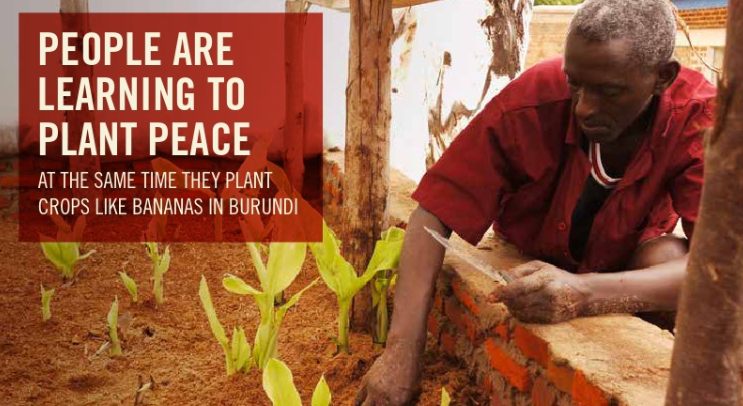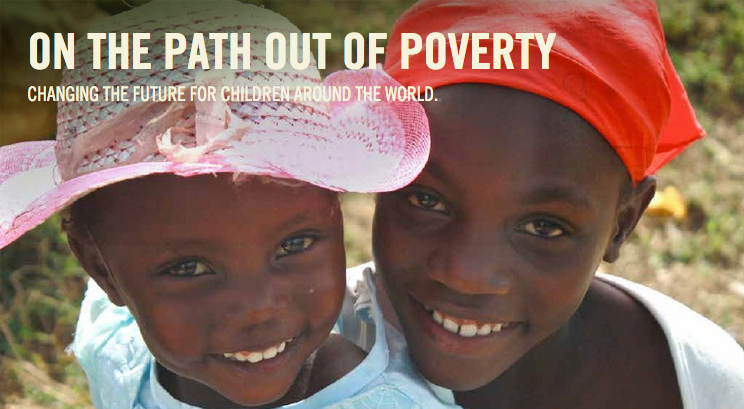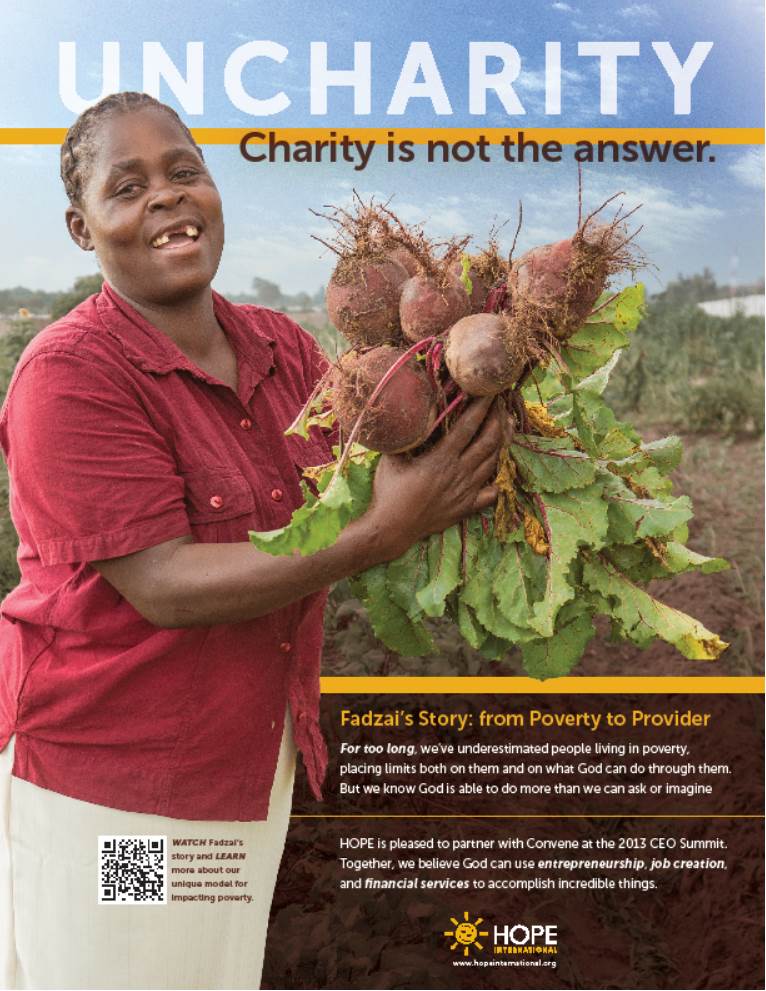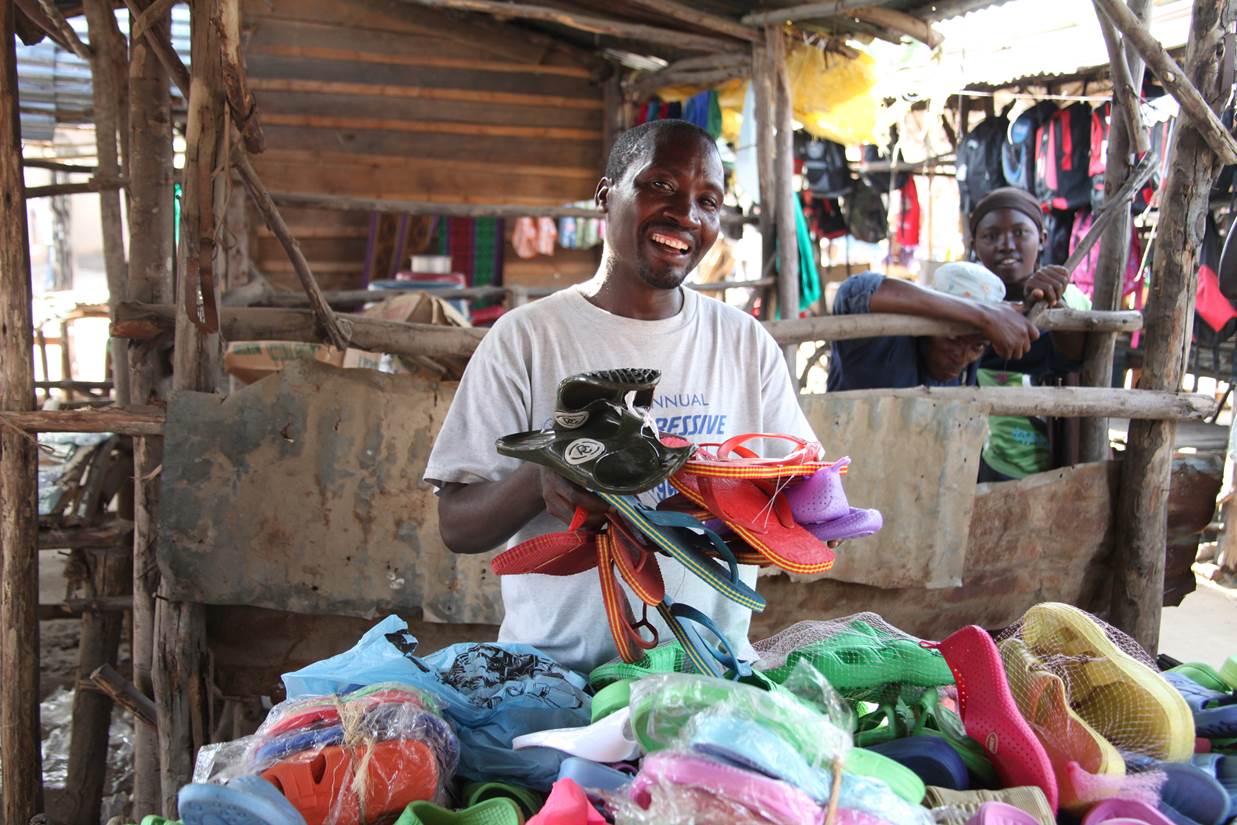The following is part two of a series written by Jill McCuistion, Karla Colonnieves, and Hope Forti at Live58 on the topic of photography and its powerful role in portraying clients. This blog features interviews with HOPE staff as well as staff at Plant With Purpose, a Christian environmental nonprofit.
Your enthusiastic and ardent response to “Are We Addicted to Poverty Porn? (Part 1)” told me that we certainly do need to keep talking about it. To follow up, we thought it was important to interview some industry experts. Who better to start with than our trusted alliance partners?
Plant With Purpose and HOPE International will start us off in this post. They each provide a different lasting solution to pull out the roots of extreme poverty—from planting trees to microenterprise. As we suspected, their worthy strategy and notable outcomes come with wise use of photography in their marketing and fundraising. Special thanks to our intern Jill McCuistion for helping to make these interviews happen!
Plant With Purpose
Becky Rosaler, marketing and events coordinator at Plant With Purpose, provided the following interview.
Ideally, what purpose should photography serve in the humanitarian world?
Photographs provide instant access to a world that most people will never see. These images create a narrative that words are often limited in communicating. Stories are expressed in a glance. Hearts are stirred as needs are expressed. Connections can be made through one snapshot.
What specific challenges does Plant With Purpose face in this aspect of photography, considering your work with solutions to deforestation?
Reforestation is a long-term process as it takes years for trees to take root, but the benefits of these trees are life-giving to the farming families that Plant With Purpose partners with. What Plant With Purpose tries to communicate through photography is the human impact of these trees, so you often see rural farmers holding seedlings or the tools of their trade.

Do you feel like you walk a line between showing supporters and potential donors photos of desperation and photos of hope? Is there pressure to do either one?
Plant With Purpose will always err toward hope. Our strongest stories are those that communicate transformed lives, such as parents now being able to provide for their children because of the management of the existing resources including planting trees.
Despair may be portrayed through images of landscapes, barren land, and environmental degradation. This is one way to communicate need without dehumanizing anyone. Those images express the need for trees, compost, and soil conservation barriers.

What do you want people to think, feel, or do after looking at Plant With Purpose’s photographs?
Plant With Purpose’s desire is to communicate lives being transformed—parents feeding their children, widows gaining financial freedom, a brighter future for the next generation—which is a message of hope. We want supporters to be inspired and encouraged that they are making a difference and that the people a world away aren’t as different as one might originally expect.
HOPE International
At HOPE International, we’re thankful to Communications Team Manager Becky Svendsen and Senior Designer Jeff Brown for their work to use photographs to promote dignity, not charity.
What specific challenges does HOPE face in this aspect of photography, considering your work with microenterprise?
Communicating across languages, cultures, and economic backgrounds makes it challenging to briefly, genuinely and effectively share a client’s story in a way that does justice to the complexity and uniqueness of his or her experience.
Translating images across cultures can also be difficult. I can sit in a savings group meeting, listening to clients share about their lives, and their faces are vibrant and dynamic. But as soon as you put them in front of the camera, it’s like the person you were just talking to disappears. Either for cultural reasons (perceptions of what makes a proper photo) or for practical ones (reluctance to smile genuinely because of broken or crooked teeth), it can be a real challenge to create an image that accurately reflects who that person really is.

Does HOPE have a specific standard or ethical framework for taking photos during trips to the field?
When photographing clients and using those photos in our marketing materials, we picture clients as members of our own family. How would you take photos of your brother, your mother, or your daughter? We want these photos to be dignifying and uplifting.

What do you want people to think, feel or do after looking at HOPE’s photographs?
We want our photos to help viewers feel a sense of hope, to feel like it is indeed possible for a life to be transformed. We want photos to set the stage for entering into someone else’s story, especially for viewers who have no experience with extreme poverty. Even though they don’t live across the street, that person in the photo still exists, still matters to God, and still qualifies as our neighbor.
We want to kindle a healthy sense of pride in the viewer for what our clients have accomplished. We want viewers to stop seeing people in poverty as people who are powerless. We want to incite feelings of equality and identification, not pity.
















